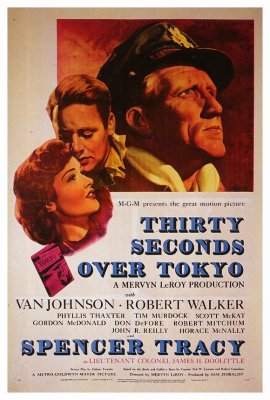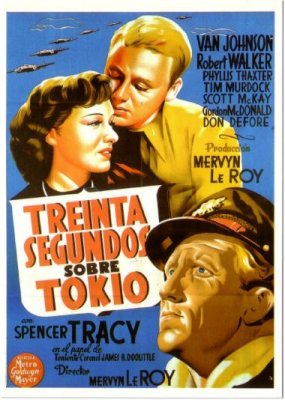| |

Get All The Greatest Big Band & Jazz Music On 10 Different CD's From The
Roaring 20's To The Swinging Jazz 30's And To The Post World War II Era...

In spring 1942, a few months after the Pearl Harbor attack, the United States Army Air Forces plan to retaliate by bombing
Tokyo and four other Japanese citiesólaunching traditionally land-based bombers from US Navy aircraft carriers that can
approach near enough the Japanese mainland to make bombing feasible. After dropping bombs planes will continue to Nationalist
controlled parts of China, and crews will regroup in Chungking. Lt.Col. James Doolittle, the architect and leader of the mission,
assembles a volunteer force of aircrew, who begin their top-secret training by learning a new technique to make their North
American B-25 Mitchell medium bombers airborne in the short distance of 500 feet or less, to simulate taking off from the
deck of an aircraft carrier. After depicting the raiders' weeks of hazardous training at Eglin Field, Florida and Naval Air
Station Alameda, the story goes on to describe the raid and its aftermath. While en route to Japan, the Hornet's task force
is discovered by a Japanese picket boat, which has radioed their position. It is sunk immediately by American gunfire but
the bombers are forced to take off twelve hours early at the extreme limit of their range. However, the bombers successfully
reach Japan and drop their bombs. Dolittle himself leads the raid with incendiary bombs, designed to aid the following
aircraft identify targets.
After the attack, most of the B-25s run out of fuel before reaching their recovery airfields in Nationalist controlled China.
Crews are forced to either bail out over China or crash-land along the coast. Lawson's B-25 crashes in the surf just off the
Chinese coast while trying to land on a beach in darkness and heavy rain. He and his crew survive, badly injured, but face
hardships and danger while being escorted to Nationalist lines by friendly Chinese. Lawson's injuries require the mission's
flight surgeon to amputate his left leg above the knee. The closing stages of the film feature many of the Dolittle Raiders
reunited in Chungking, per the original plan, where Chinese sing the Star Spangled Banner, in Mandarin, in an emotional climax.
The story ends in the United States with Lawson reunited with his pregnant wife Ellen in a Washington, D.C. hospital. In tears,
Lawson tells his wife: "When things were the worst I could see your beautiful face."
|
|
Starring ... |
Van Johnson, Robert Walker, Robert Mitchum, Spencer Tracy, Phyllis Thaxter, Stephen McNally
|
Director: Mervyn LeRoy
Producer: Sam Zimbalist
Released - November 15, 1944
Length - 138 minutes
Music Composer: Herbert Stothart
Movie Distributed by Metro-Goldwyn-Mayer
|

To search and purchase anything related with the movie listed on this page
Thirty Seconds Over Tokyo
,then simply just click on this link here.
Thank you...
Click on VHS tape
for enlarged view
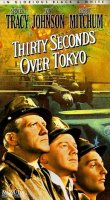
CLICK HERE
to buy this VHS tape
|
MOVIE THEME SONGS
No Available Songs At This Time!

|
 |
|

|
Click on DVD tape
for enlarged view
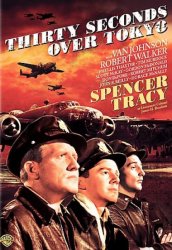
CLICK HERE to Purchase DVD
|
|


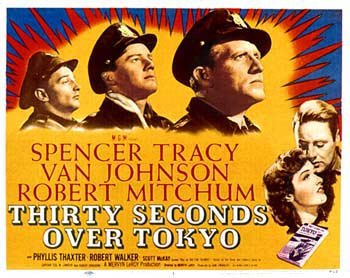


Return to the "World War II" Index Page
Get your favorite "MILITARY & WAR" videos in the BLU-RAY, DVD, VHS format or the
CD soundtracks which can be purchased through
AMAZON.com .
 Thank you very much... Thank you very much...


Please Help Support This Site By Purchasing A Couple Of CD's

Come Visit The Historic Complete Victory At Sea Online Homepage
|













